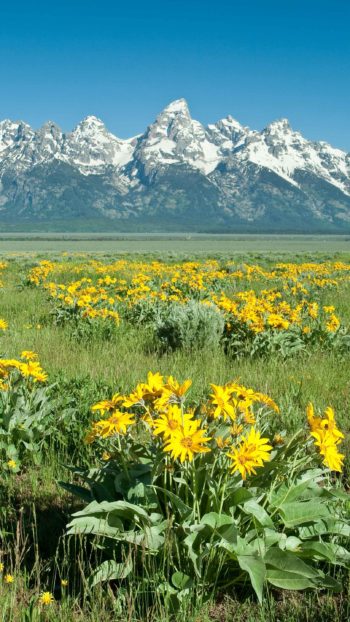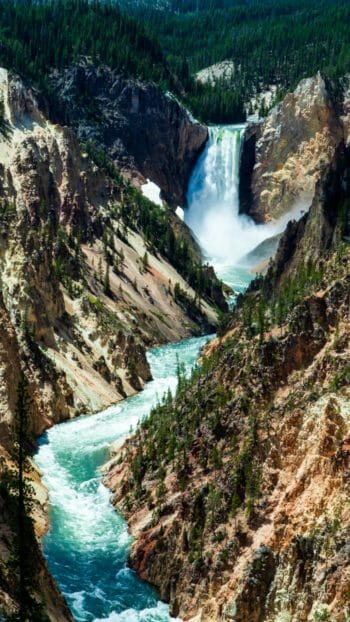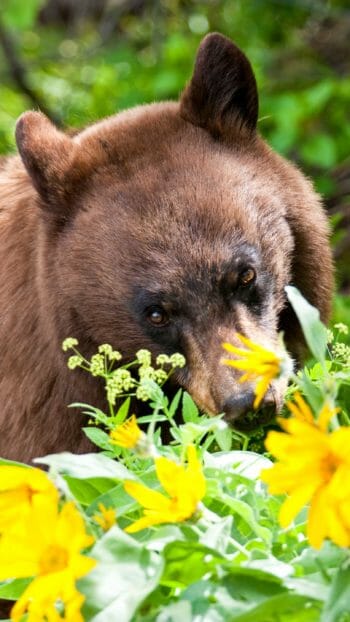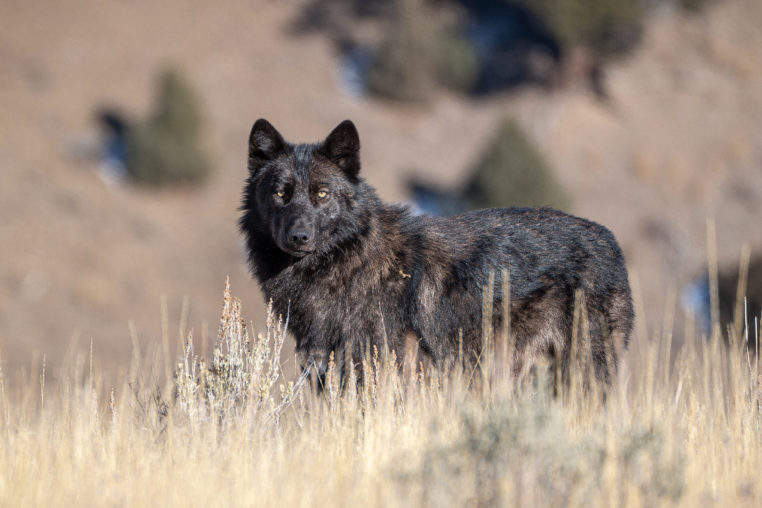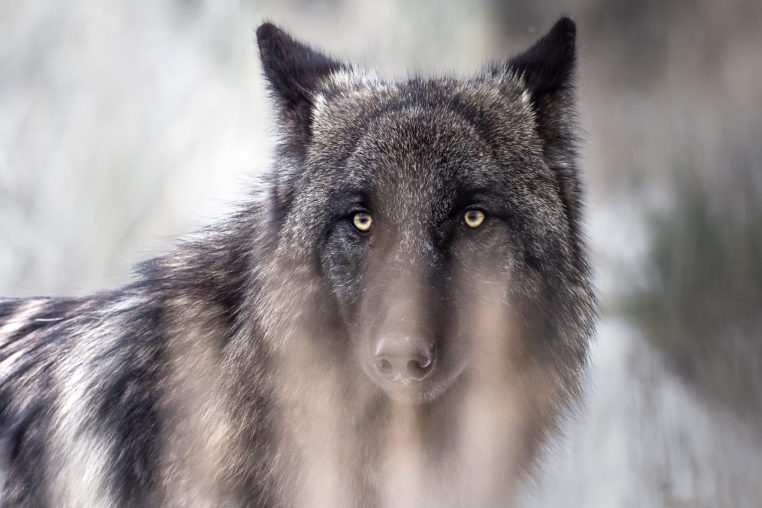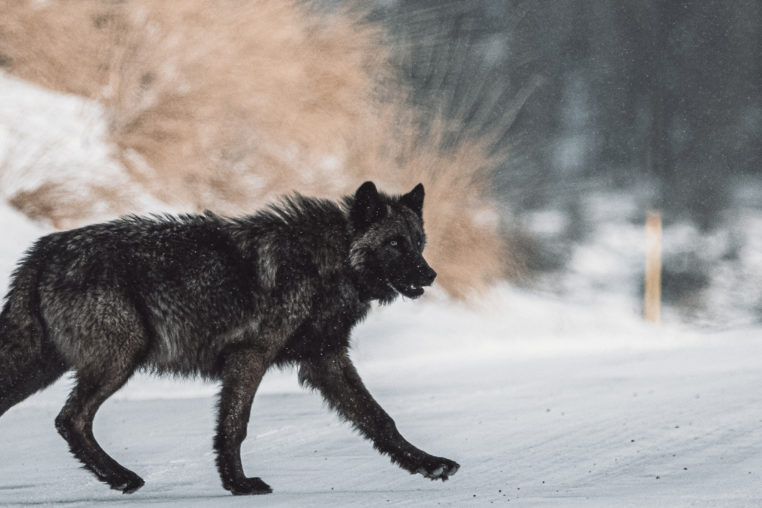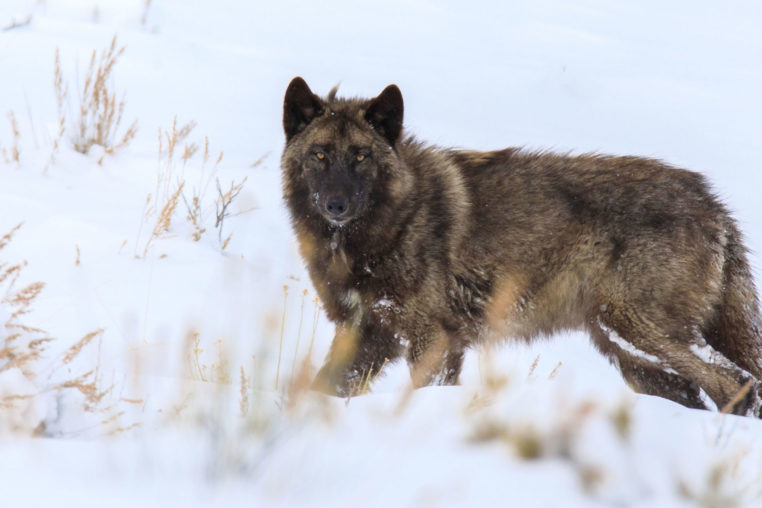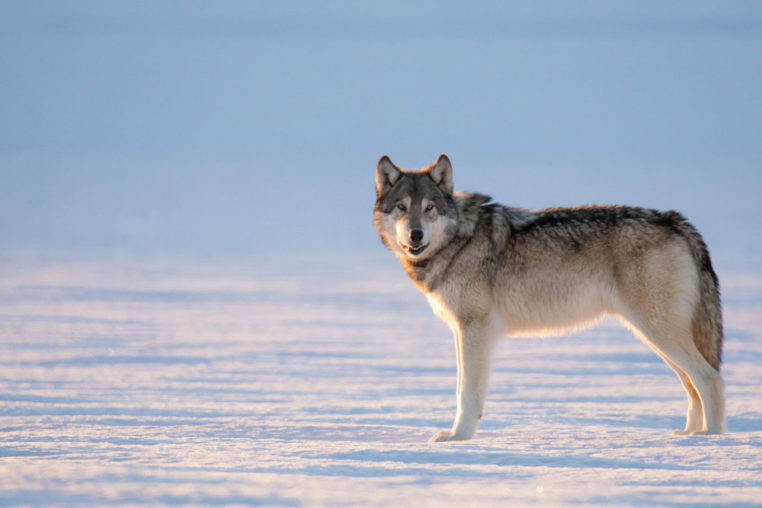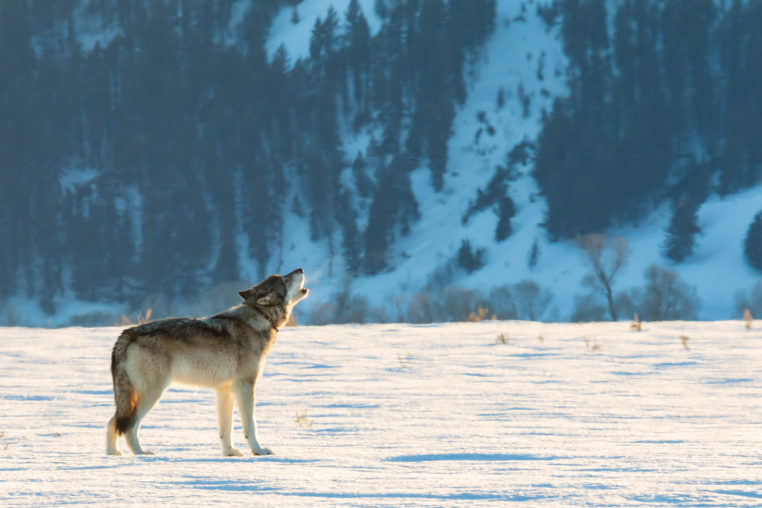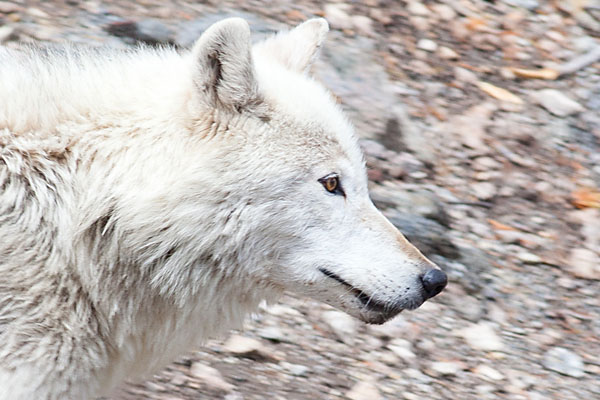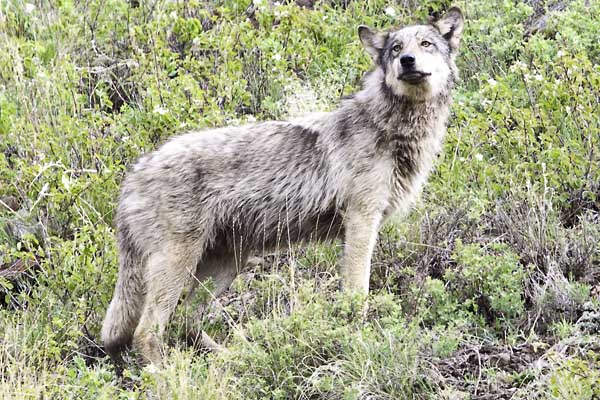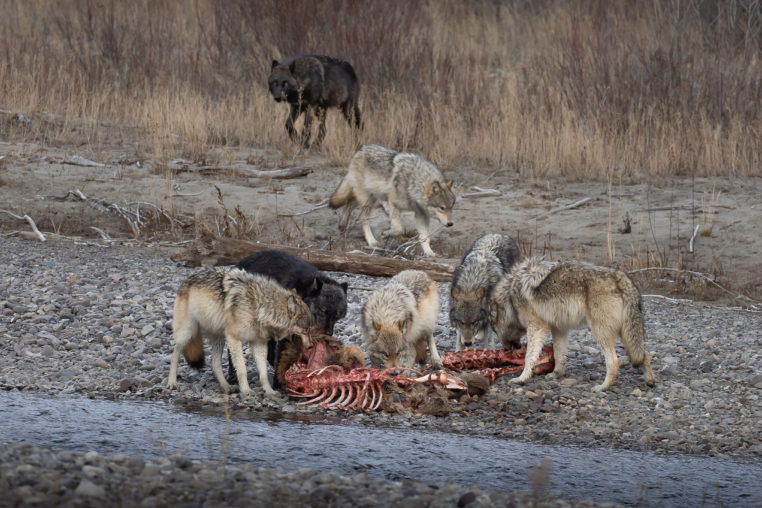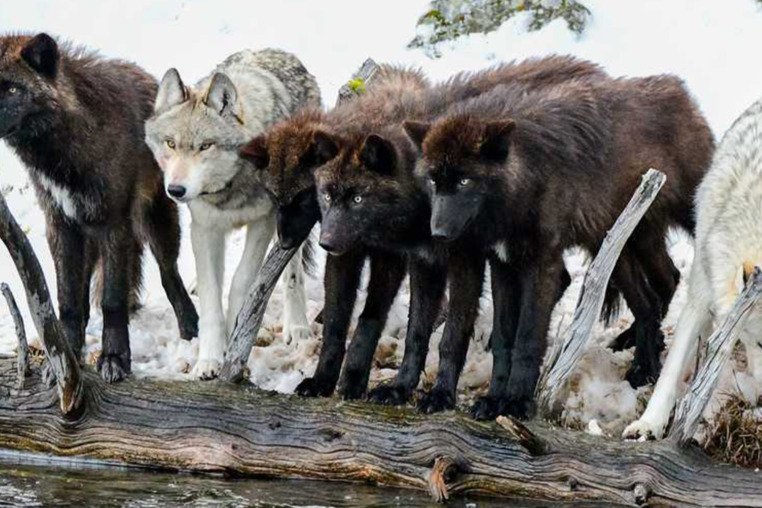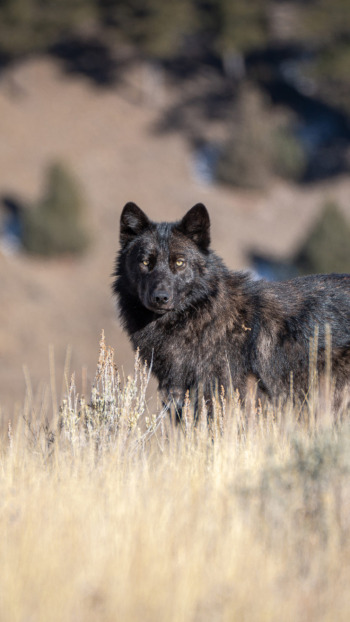
(Canis lupus)
Few animals capture the imagination like the gray wolf. Intelligent, elusive, and deeply social, wolves are a symbol of wildness and resilience—and Yellowstone is one of the best places on Earth to see them in their natural habitat. But their presence here is no accident. After being completely eliminated from the region, gray wolves were reintroduced to Yellowstone in the 1990s, setting off a powerful chain reaction that reshaped the park’s entire ecosystem.
Wildlife Viewing
- Yellowstone
- Grand Teton
- Jackson Hole
Book Online
Watch For Wildlife On These Tours
About
Yellowstone is home to the gray wolf with quite a thrilling conservation story for the species. This iconic animal draws millions of wildlife watchers from around the globe hoping for a chance to experience them in the wild.
Extirpation
As European settlers continued to move to the area, wolves were eliminated from the ecosystem. They were seen as a threat to cattle, competition for hunting elk, and people had an inaccurate perception that wolves were a danger to humans. With this top predator gone, the elk population grew out of control. This was thought at first to be a good thing because elk were a main food source for homesteaders, but this threw the entire ecosystem into disarray.
In 1995 and 1996 through a cooperative effort between the National Park Service, Fish and Wildlife Service, academia, state wildlife agencies, and environmental groups, the gray wolf was reintroduced in Yellowstone National Park. In the years that followed, many changes- expected and unexpected- occurred resulting in a healthier, more stable ecosystem. Elk numbers declined for the first time in years. Many were alarmed about this, but with less elk overgrazing the vegetation, other species that were forced to leave the degrading environment began to return such as birds and beavers. Beaver populations, which had depleted to negligible numbers, began to rise. Doing what beavers do, they altered the rivers and streams in a way that improved riparian habitats and vegetation for all species in the ecosystem. This is why we refer to wolves as a “keystone species”!
Diet
Wolves are obligate carnivores, which means they can’t survive without meat, and the vegetation they eat is negligible. Their main prey is the elk, but when the opportunity arises they will also hunt deer, moose, bison, and sometimes smaller mammals like beavers, rodents, and birds. They will also feed on carrion. Hunting large ungulates like elk is very dangerous, and wolves risk their lives every time they attempt to take one. Because it is such dangerous and difficult work, they must work together and communicate with each other, and are only successful 20% of the time!
Pack Dynamics
Wolves have a reputation for living in a strictly hierarchical world composed of beta wolves and alpha wolves who constantly battle for control. This perception came from studying captive wolves who’s groups are usually composed of unrelated individuals, resulting in a drive to establish a social structure. When wolves are left to their own devices in the wild, the story is very different. Scientists have largely dropped the “alpha” terminology. L. David Mech, a biologist who specializes in the study of wolves, once believed in the alpha and beta theories of wolf behavior but has since changed his mind. He has worked hard to correct the scientific literature making these claims and to reframe people’s perception of the animals.
After observing wild packs, researchers realized that the ‘alpha’ and ‘beta’ roles were simply that of parents and offspring. A wolf pack is not a product of dominance and submission, it is a family unit of a monogamous pair of wolves raising their young. People seem to prefer the more exciting story of the alpha wolf, however, so the perception still remains.
Breeding
Wolves are monogamous and mate for life. Not all wolves will breed, only the parental wolf in the pack have breeding rights. Wolves who stay with the pack abstain. If they wish to breed, they disperse from their pack to find a mate and start a new one. Yellowstone sees some uncommon pack dynamics with more than one breeding pair in a pack as surrounding areas are densely occupied by other packs. Wolves breed in late January to March and have a short gestation of about 63 days, birthing between four to six pups. Both parents participate in feeding and caring for their young.
Spotting Wolves
While wolf packs are spread throughout both Yellowstone and Grand Teton National Parks, they can be difficult to find. The best place to search for wolves is Lamar Valley in the northeast area of Yellowstone. Aim for early mornings and evenings before the sun sets. While they can be seen year-round, winter is a fantastic time to spot wolves.
FAQs
How many wolves are there in a pack?
Wolf packs typically have between 5-10 members, but they can be as small as 2 and as large as 30!
What color are the wolves in Yellowstone?
Wolves in the Greater Yellowstone Ecosystem come in an array of coat colors: black, dark gray, light gray, and white. All of them are of the same species: gray wolf (Canis lupus).
How can I see wolves?
Wolves are most active in the early morning hours and later evening hours of the day. While they can be seen during summer, winter is the best season for wolf watching. Certain areas in Yellowstone National Park like Hayden Valley and Lamar Valley are better for finding wolves. Your best chance at an encounter is booking a tour with Jackson Hole Wildlife Safaris led by an expert guide.
Are wolves dangerous?
Wolves are not a threat to people, and they do their best to avoid humans. The park requires visitors to keep a distance of 100 yards, which is to protect them from becoming stressed or overly habituated to human presence, ensuring they maintain their wild behaviors.
Further Reading
Yellowstone National Park Wildlife
Feb 27, 2025
Few places are home to such exciting and majestic megafauna as the Greater Yellowstone Ecosystem (GYE). At the heart of this spectacular region is Yellowstone National Park. A visit to Yellowstone in summer can deliver encounters with bears, elk, bison, moose, wolves, and many, many more.
Yellowstone Wildlife Safari: Explore the Wild Heart of America’s First National Park
May 14, 2025
Yellowstone National Park is not just a marvel of geothermal wonders and sweeping vistas—it’s a living, breathing sanctuary where nature exists in its rawest form. A Yellowstone wildlife safari invites you into the untamed heart of the park, offering front-row seats to one of the greatest wildlife spectacles in North America.

